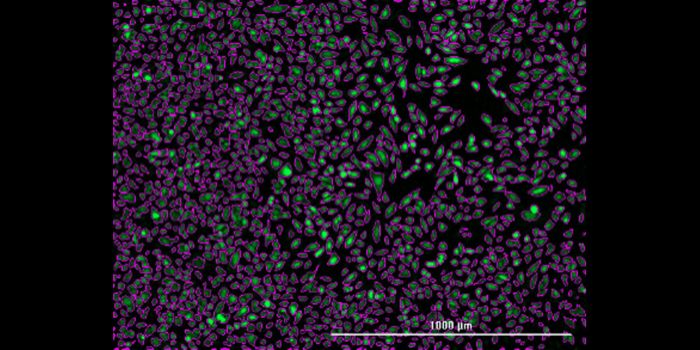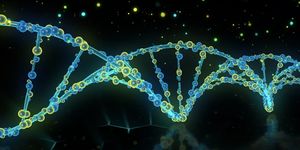A Molecule That Helps Control Cellular Senescence is Discovered
Researchers are learning more about sequences of DNA that are transcribed into RNA molecules by the cell, but never translated into protein, or so-called non-coding RNAs. The non-coding portion of the genome, an astonishing 98 percent of it, was once written off as unimportant junk. But in recent years, many of these portions of the genome, and the RNAs they generate, have been associated with human physiology and disease. In some cases, non-coding RNAs (ncRNAs) help regulate the activity of other genes, or important cellular functions.
Scientists have now identified a ncRNA that helps control cellular senescence, an irreversible state in which cells cease to divide. This can happen to aged cells. Since many aspects of cell function have been linked to aging, these findings could eventually have broad implications. The work has been reported in Cell.
"There is great interest in reducing senescence to slow or reverse aging or aging-associated diseases. We discovered a noncoding RNA that when inhibited strongly impairs senescence, suggesting that it could be a therapeutic target for conditions associated with aging," said senior study author and Howard Hughes Medical Institute Investigator Joshua Mendell, MD, PhD, a Professor at UT Southwestern, among other appointments.
Although senescence can be a good thing; like when genetic mutations arise that can lead to cancer, senescence can stop uncontrolled cell growth and prevent tumors from developing. However, when there is an excessive amount of senescence, aging and degenerative disease can occur, Mendell explained.
RNA that does not code for protein can be challenging to study in the lab. In this study, the researchers relied on the CRISPR gene editor to halt the action of thousands of ncRNAs, individually, in a human cell line that carried a known cancer-causing mutation. That mutation usually causes cells to become senescent, but when one particular ncRNA was inactivated, the cells continued to divide.
The ncRNA is a cellular senescence regulator called SNORA13. It is one of a number of small nucleolar RNAs that are thought to assist in the chemical modification of other RNAs. Additonal work revealed that SNORA13 also helps slow the action of ribosomes, which are molecular complexes that translate messenger RNAs into protein.
Cell stress can disrupt the assembly of ribosomes and lead to senescence, noted Mendell. But ablating SNORA13 caused ribosomes to assemble faster, and disrupted quality control systems that usually initiate senescence; cells could keep dividing.
It may be possible to target this system once we fully understand it. For example, drugs that promote senescence could be a novel option in cancer treatment, suggested Mendell. Or preventing senescence, on the other hand, might help treat aging-related diseases.
Sources: UT Southwestern Medical Center, Cell









